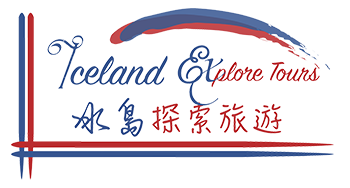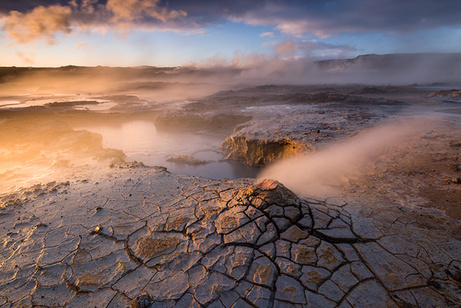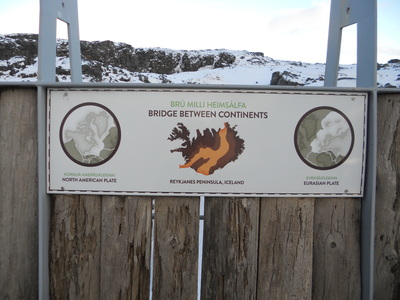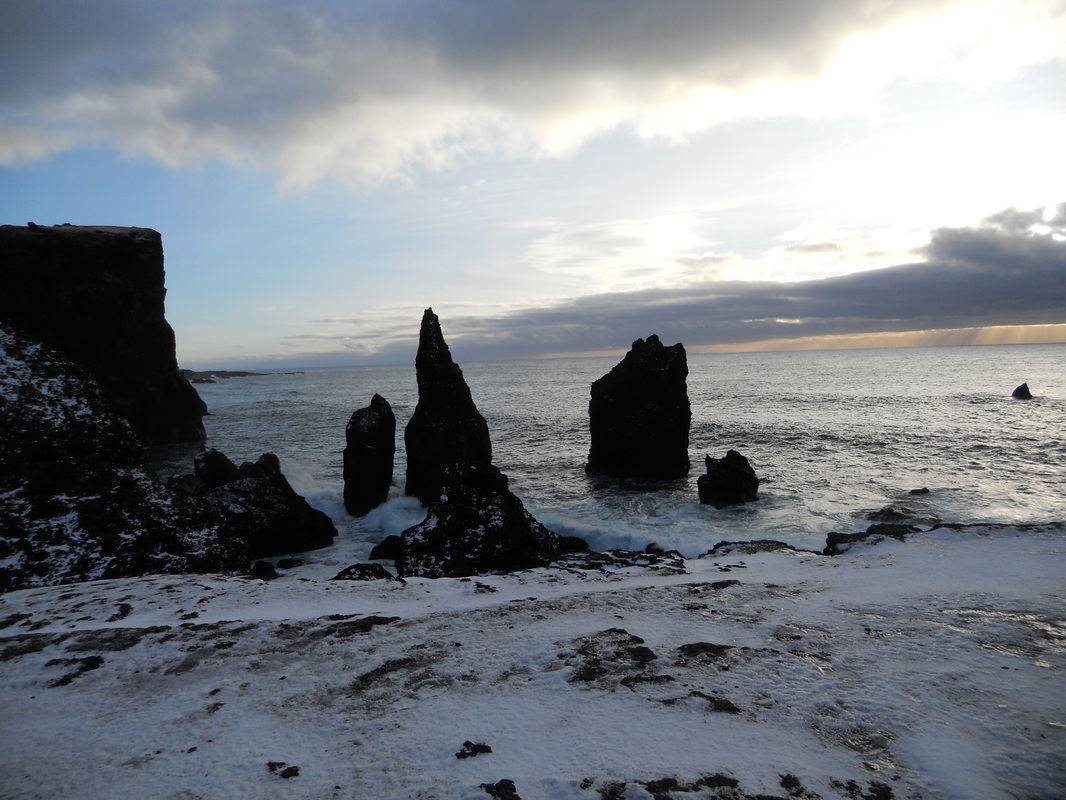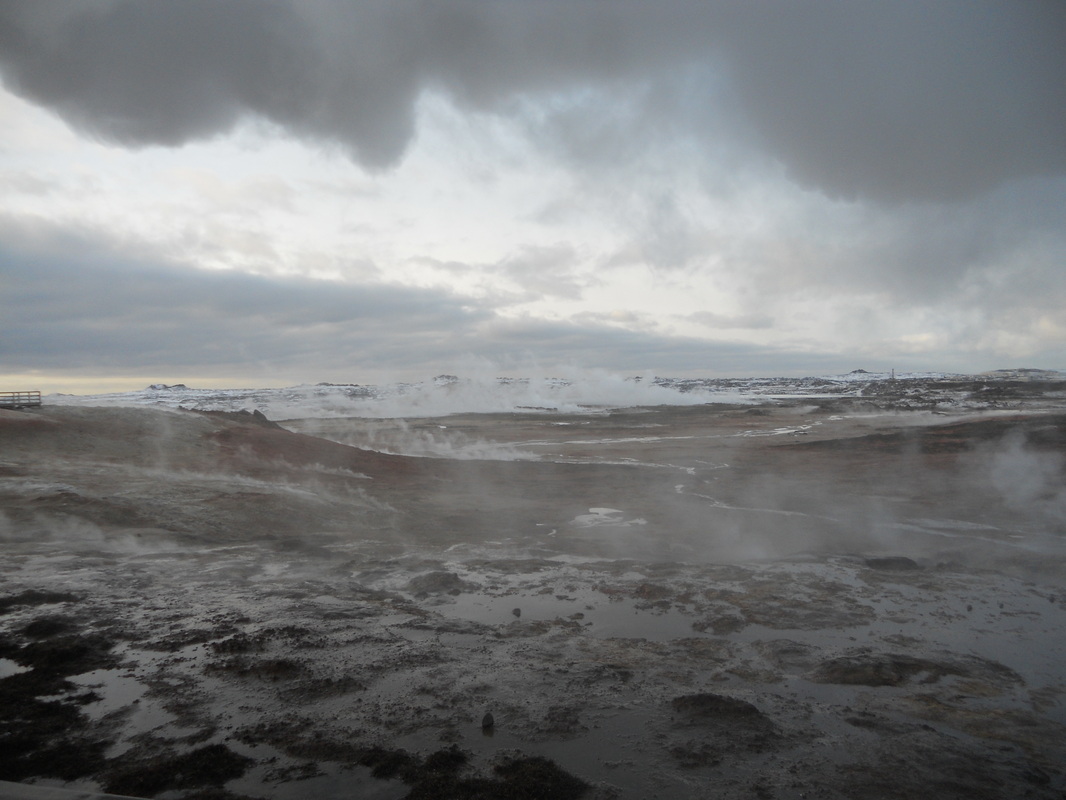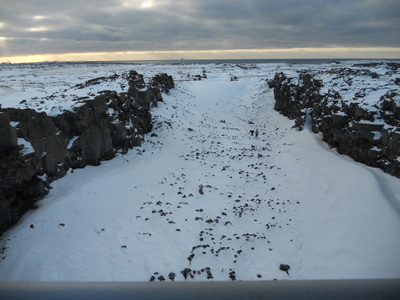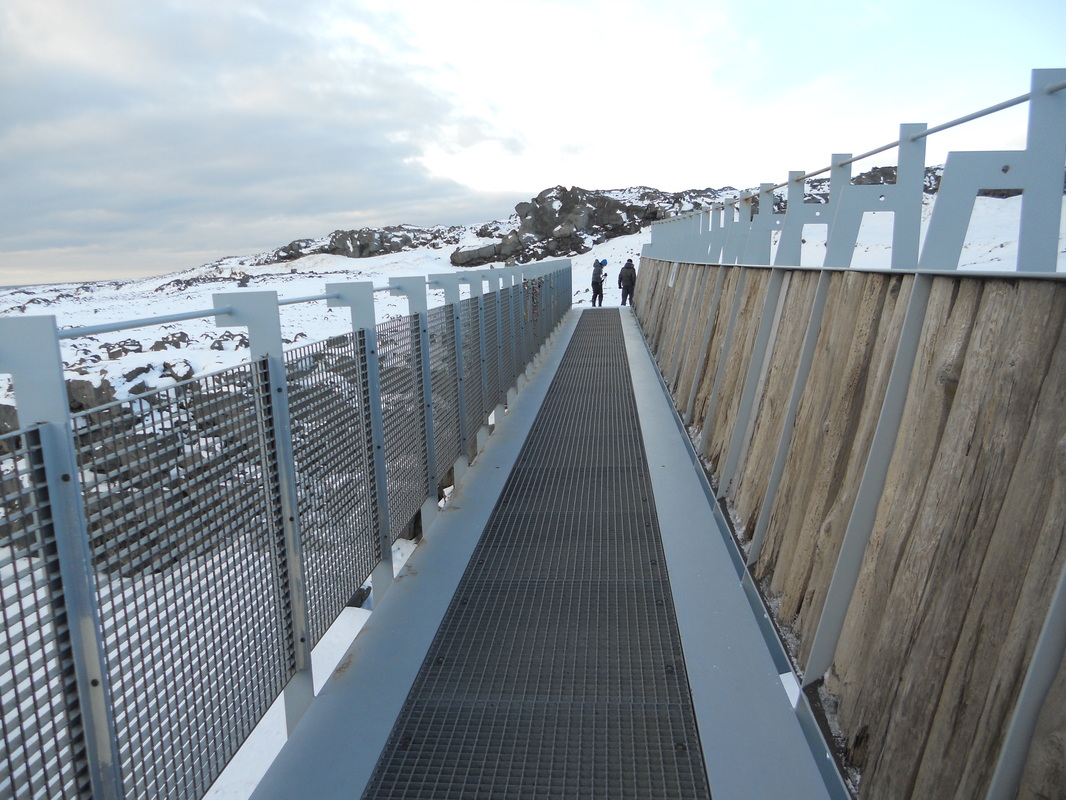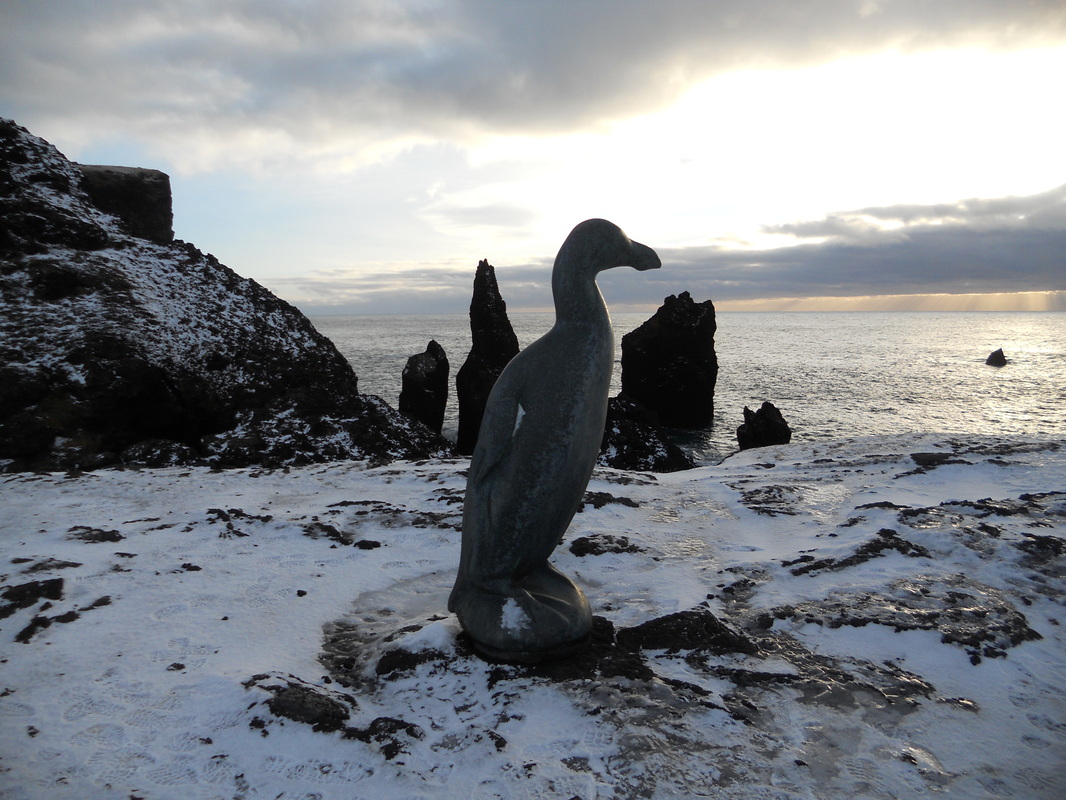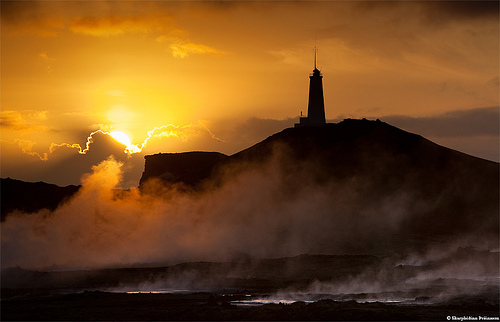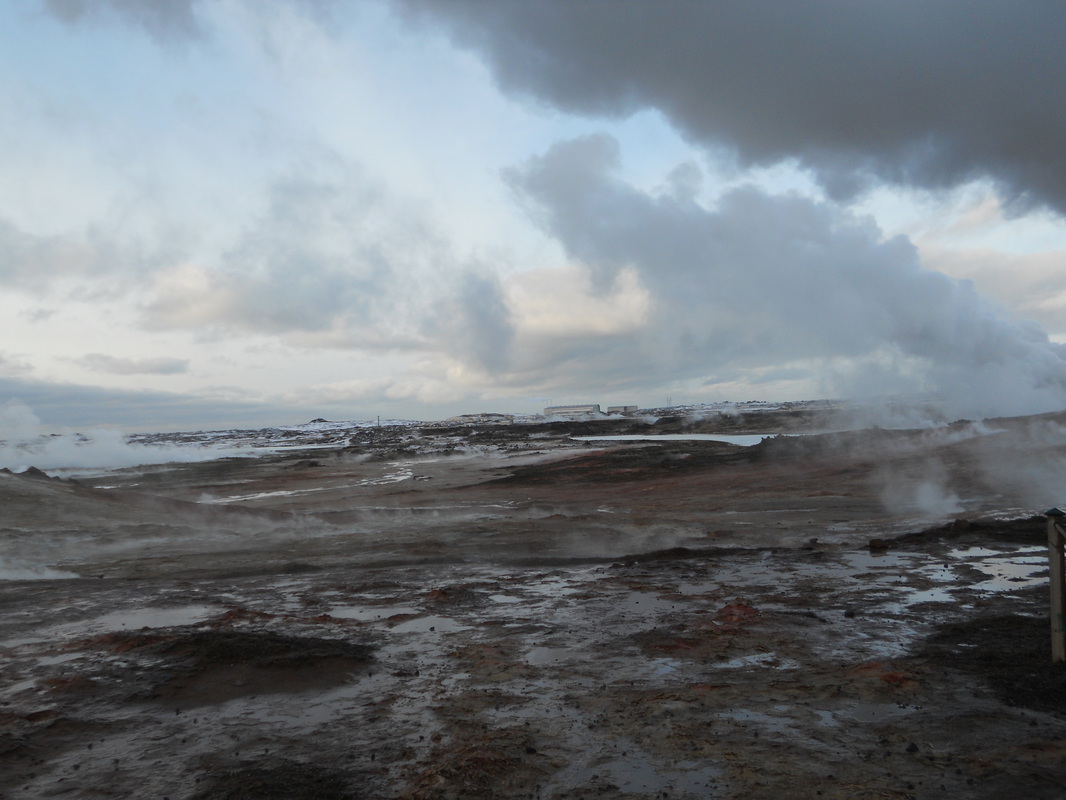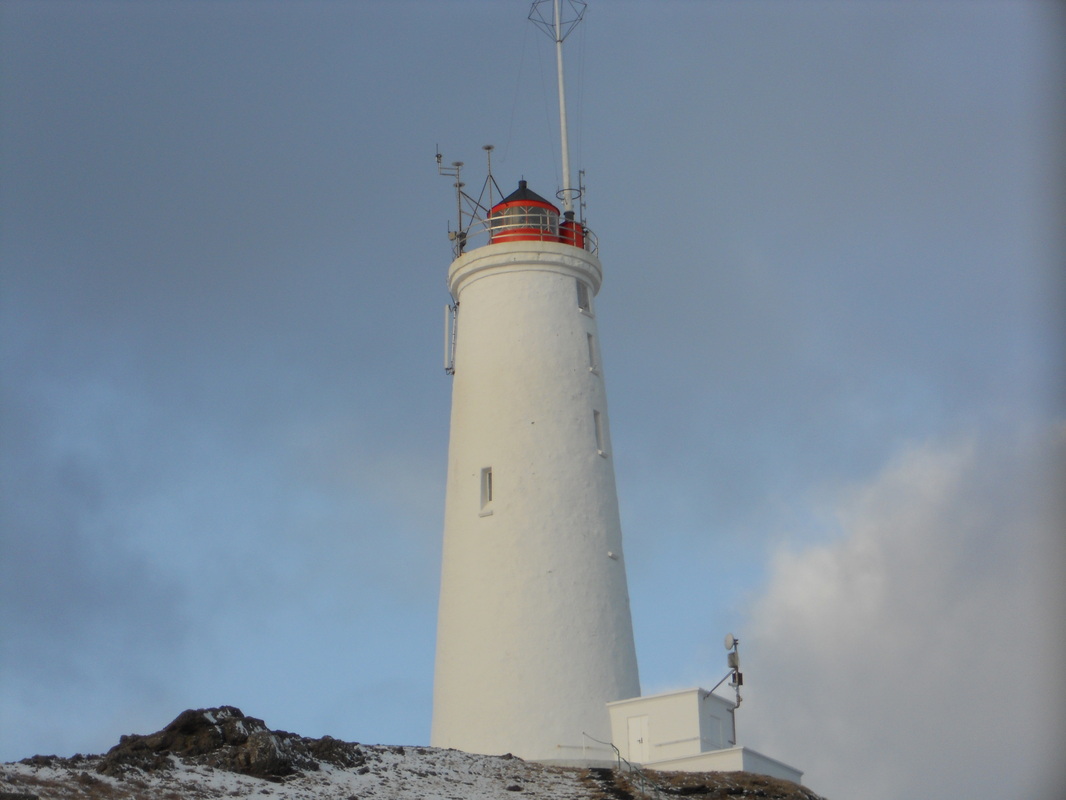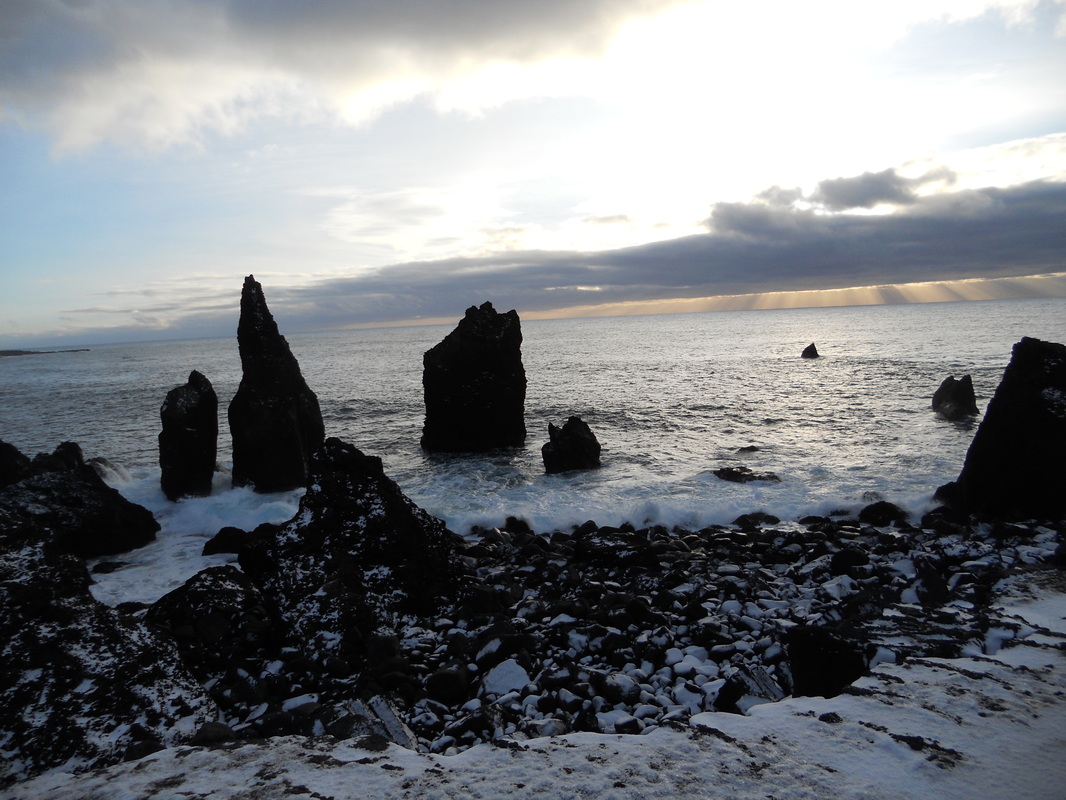Wonderful Reykjanes Tour
We drive out to Reykjanes and you enter an amazing world of lava fields, volcanoes, hot springs, and craters of various kinds. See different types of hot springs and steep cliffs with ocean waves breaking ashore.
The Mid-Atlantic ridge comes ashore on the Reykjanes peninsula.The peninsula, with its diversity of volcanic and geothermal activity, is well suited to being a Geopark and is the only place in the world where the Mid-Atlantic Ridge is visible above sea level.
The Reykjanes Peninsula lies on major plate boundaries along the Mid-Atlantic Ridge, part of the 65,000km mid-ocean ridge that encircles the earth like a seam of a baseball. Although 90% of this mountain range lies deep below the surface of the ocean, it rises above sea-level right here on the Reykjanes Peninsula, making this one of the only places on earth where it is visible.
This tour takes you to the bridge between the two Continents where tourists can walk from the Eurasian plate over to the North American plate, the amazing Geo-park Gunnuhver Hot Spring and the oldest lighthouse in Iceland, the Reykjanes Lighthouse. The tour ends with a relaxing soak in the blue milky water of the world-famous Blue Lagoon Spa.
The Bridge: It connects two continents, America to the west and Europe to the east, as it lies across the point where two tectonic plates are diverging. According to the continental drift theory the Eurasian and North American tectonic plates are continuously drifting apart with great forces under the gaping rifts. As the plates diverge, linear fractures, known as fissures form due to stresses created by the tension that builds up as the plates move away from each other.The Bridge between two continents at Sandvík is a small footbridge over a major fissure which provides clear evidence of the presence of a diverging plate margin. The bridge was built as a symbol for the connection between Europe and North America.
One can cross the continental divide on Leif the Lucky’s Bridge and take home a personalised certificate at Reykjanes Information Center as a confirmation and a reminder of this spectacular experience. The information centre is located at Grænásbraut 506, Ásbrú in Reyjanesbær.
Gunnuhver: The hot spring got it´s name from a female ghost nick-named Gunna. She had caused great disturbance until a priest set a trap for her and she fell into the spring. This happened about 400 years ago. The area around Gunnuhver is known for its vibrant colors; fiery red and bright green. The mud pools and steam vents form where steam from boiling geothermal reservoir water emanates, condenses and mixes with surface water. Accompanying gases such as carbon dioxide and hydrogen sulphide make the water acid. This causes alteration of the fresh lava rock to clay.
Reykjanes Lighthouse: is Iceland´s oldest lighthouse. It serves as a landfall light for Reykjavík and Keflavík.
The original structure was built in 1878; just eight years later the building was destroyed by an earthquake. In 1929 the current Reykjanesviti lighthouse, a concrete construction yet with traditional looks, was illuminated. Its focal plane measures 73 metres above sea level.
Reykjanes Toe: the southwestern most point of Iceland, in which the area is also known for its bird-life. Off shore lies the islet Eldey, a 77-meter high rock which is home to the country’s, and one of the world’s, largest gannet population. The islet was put under preservation in 1974.
Eldey is also the site where the world’s last Great Auks are believed to have been killed in 1844. In 2010 a bronze statue of the giant flightless bird by American artist Tood McGrain was placed at Valahnúkur on Reykjanes, looking towards Eldey.
The Blue Lagoon: is a unique geothermal spa situated on the youngest lava fields of the peninsula of Reykjanes in the south west of Iceland.
The warm waters are rich in minerals such as silica and sulfur and bathing in the Blue Lagoon is reputed to help some people suffering from skin diseases. Indeed, the attached Blue Lagoon Clinic is an internationally renowned psoriasis treatment centre. The water temperature in the bathing and swimming area of the lagoon averages between 37-39 °C.
The Blue Lagoon is fed by the water output from the nearby Svartsengi Geothermal Power Plant and is completely renewed every 40 hours. The water in the lagoon is used for both recreational and medicinal bathing.
There is also a fantastic restaurant on site with an a la carte menu and the Blue Lagoon Shop, selling skin care products based on a unique blend of the Blue Lagoon´s active geothermal seawater ingredients including minerals, silica, and algae.
